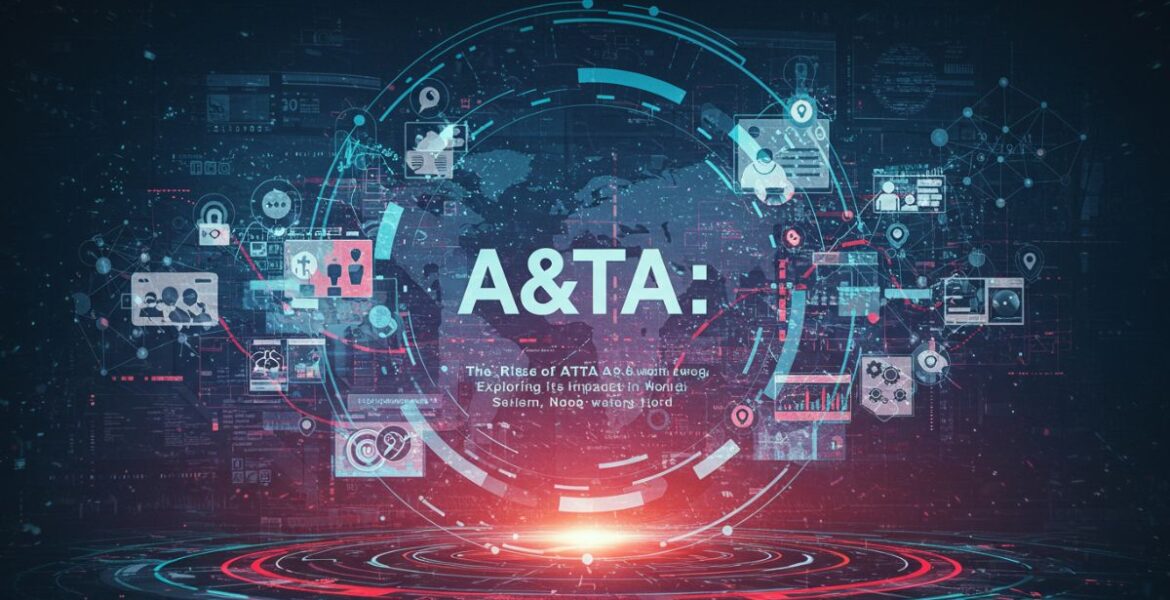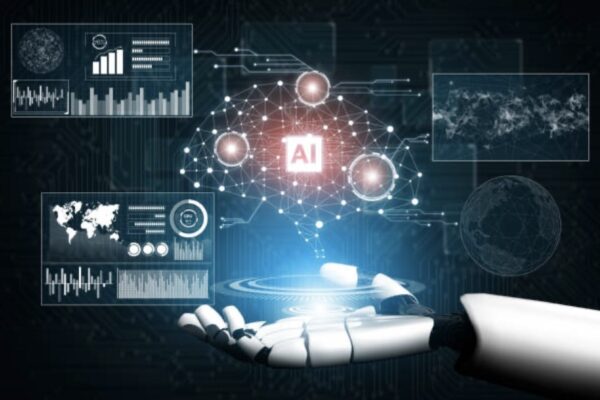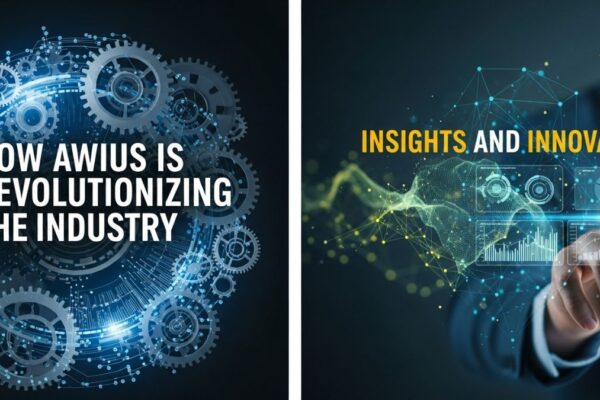The Rise of a&ta: Exploring Its Impact in Today’s World

In a world where technology and innovation are at the forefront of our daily lives, the term “a&ta” has emerged as a buzzword that piques curiosity. But what does it really mean? As we delve into this intriguing concept, you’ll discover its profound implications across various sectors. From business to art, a&ta is reshaping how we connect and operate in today’s fast-paced environment. Join us on this exploration of a&ta’s journey from its inception to its current significance, and uncover the impact it’s making every day. Whether you’re familiar with the term or just hearing about it for the first time, there’s much to learn about this fascinating phenomenon!
The History of a&ta
The journey of a&ta began in the early 21st century. Initially, it emerged as a niche concept within specific sectors, capturing the attention of innovators and entrepreneurs alike.
As technology advanced, so did its applications. What started as an experimental approach quickly gained traction among industries looking to enhance efficiency and creativity.
By combining various elements from arts and technology, pioneers transformed a&ta into a powerful tool for problem-solving. Its growth accelerated with the rise of digital platforms that allowed broader access to both artists and technologists.
Key milestones marked significant shifts in public perception too. As more success stories unfolded, traditional barriers crumbled, allowing diverse groups to explore their potential through this unique blend.
Today, we see a&ta reshaping landscapes across fields like education, healthcare, and entertainment—an evolution reflecting society’s ever-changing needs.
How a&ta has Evolved in Modern Times
The evolution of a&ta in modern times is nothing short of fascinating. It has shifted from niche applications to becoming integral across various sectors. This change reflects advancements in technology and shifts in consumer behavior.
Today, a&ta leverages artificial intelligence and big data analytics. These tools enhance its functionality, making processes more efficient than ever before. Companies are now able to harness insights that were previously unattainable.
Moreover, the accessibility of a&ta has skyrocketed. Businesses can easily implement solutions without needing extensive technical knowledge. This democratization empowers smaller enterprises alongside industry giants.
Collaboration is another key aspect of its evolution. Cross-industry partnerships have led to innovative applications that drive growth and sustainability. The future promises even greater integration into daily life as society embraces these advancements further.
The Impact of a&ta on Various Industries
The impact of a&ta is being felt across multiple industries. In healthcare, for instance, it has revolutionized patient care through data-driven decision-making. Medical professionals now have access to real-time analytics, improving diagnostics and treatment plans.
In finance, a&ta enhances risk management by analyzing vast amounts of data quickly. This capability allows companies to make informed investment decisions while minimizing losses from potential downturns.
Retail has also seen significant changes due to a&ta. Businesses can personalize marketing strategies based on consumer behavior patterns, leading to increased customer satisfaction and loyalty.
Even manufacturing sectors are leveraging a&ta for operational efficiency. Predictive maintenance powered by advanced analytics reduces downtime and saves costs in production lines.
Each industry experiences unique benefits from the integration of a&ta technology, reflecting its versatility and transformative power in today’s economy.
Ethical Concerns Surrounding a&ta
The rise of a&ta has sparked numerous ethical debates. As this innovative technology permeates various sectors, questions about its implications are increasingly relevant.
Privacy is one major concern. Users may unknowingly sacrifice their personal data when engaging with a&ta platforms. This can lead to misuse and exploitation.
Another issue involves job displacement. Automation powered by a&ta threatens traditional employment in many industries, leaving workers anxious about their futures.
There’s also the challenge of bias in decision-making algorithms. If not carefully managed, these systems might perpetuate existing inequalities or create new ones.
Transparency remains an ongoing discussion point. Many consumers demand clarity on how companies utilize a&ta technologies and make decisions based on them. The conversation around responsible use is essential moving forward.
Future Possibilities and Challenges for a&ta
The future of a&ta holds immense potential. As technology advances, its applications could expand into new realms. From smart cities to personalized healthcare, the possibilities are intriguing.
However, challenges loom large. The pace of innovation may outstrip regulatory frameworks designed to keep it safe and ethical. Ensuring that advancements benefit everyone will be crucial.
Moreover, public perception plays a significant role in shaping the trajectory of a&ta. Misinformation or fear surrounding its use can hinder progress and acceptance.
Collaboration among stakeholders—governments, businesses, and communities—will be essential for navigating these complexities. Balancing innovation with responsibility is not just desirable; it’s imperative for fostering trust and maximizing benefits across society.
Investing in education about a&ta’s capabilities can empower individuals to embrace change rather than resist it. This shift could pave the way for more inclusive growth as we step into an era defined by this transformative force.
Conclusion:
The landscape of a&ta is constantly changing, shaping the way we interact with technology and each other. As it continues to evolve, its influence permeates various sectors, from healthcare to entertainment. The promise of innovation comes hand in hand with ethical considerations that must not be overlooked.
Looking ahead, a&ta presents both opportunities and challenges. Industries will need to adapt quickly to leverage its capabilities while addressing the concerns surrounding data privacy and security. This delicate balance will dictate how society embraces this powerful tool.



Leave a Reply